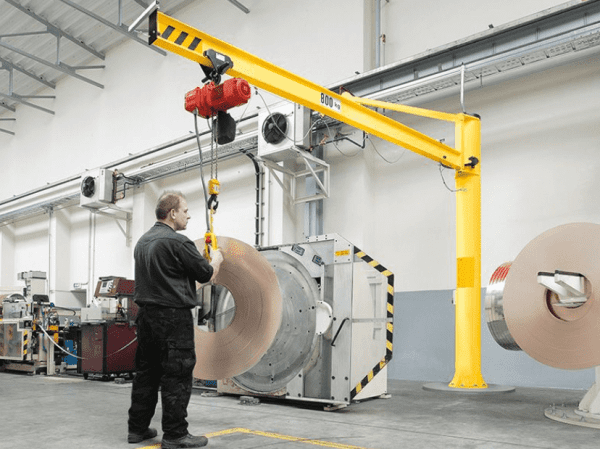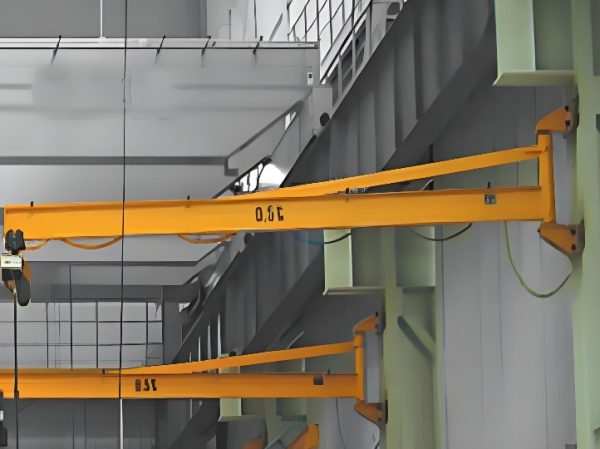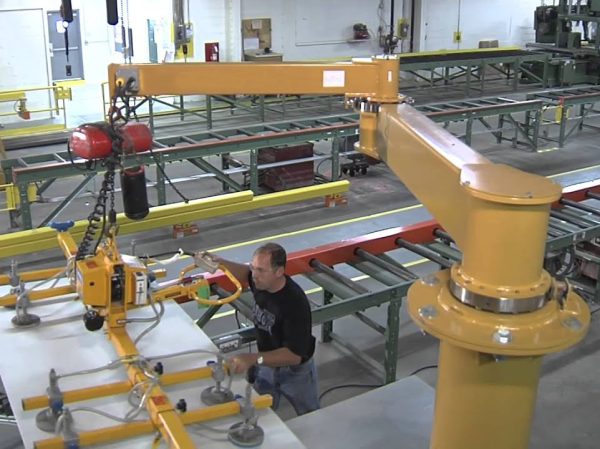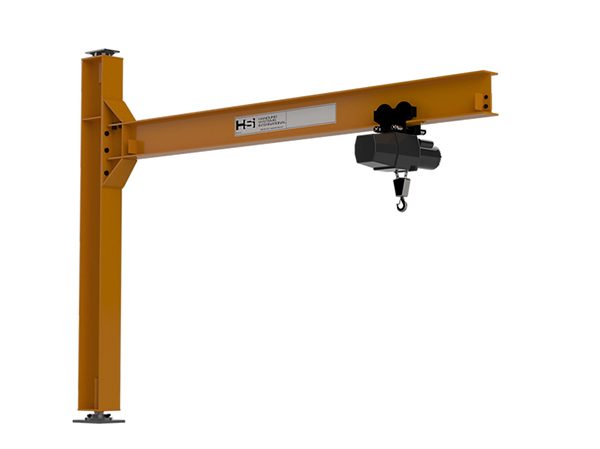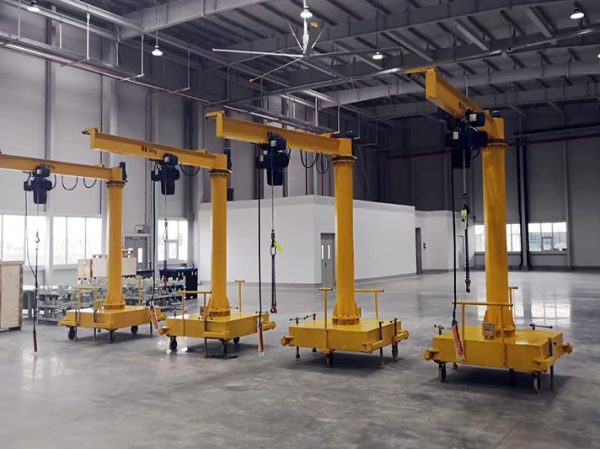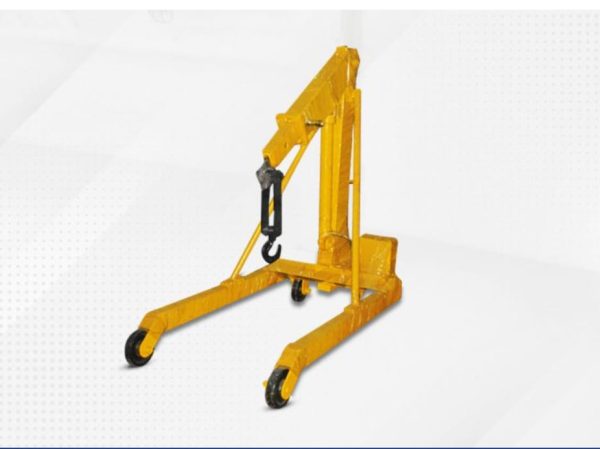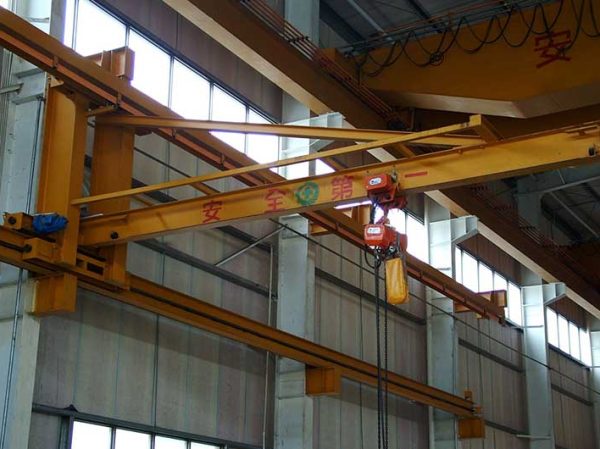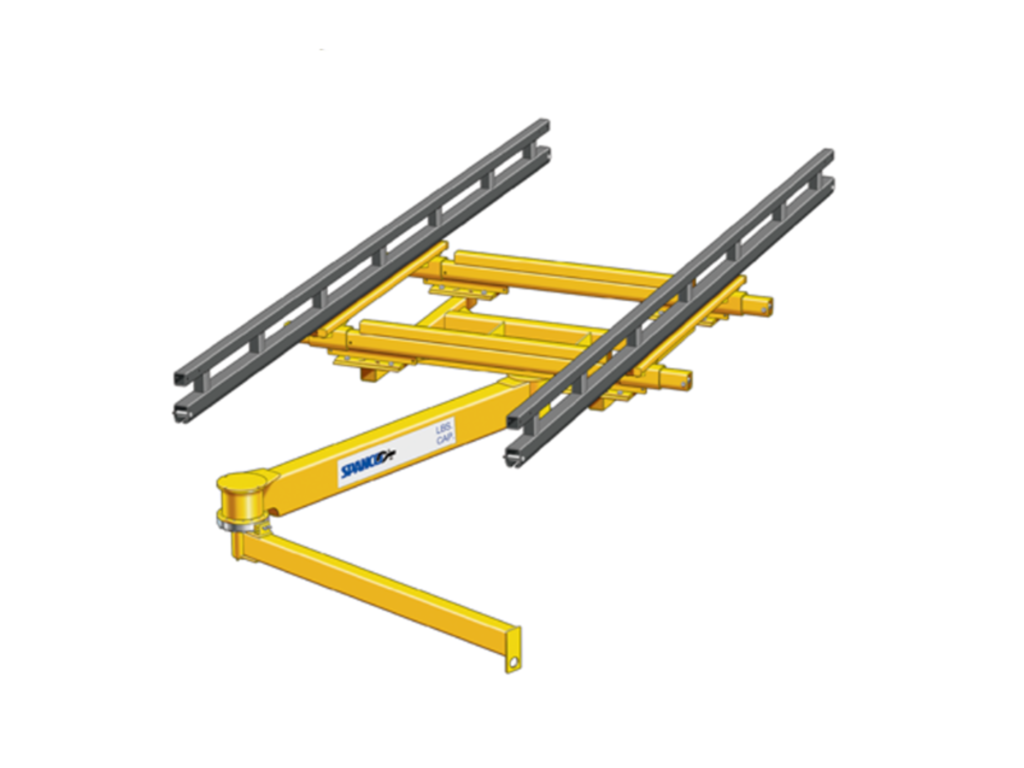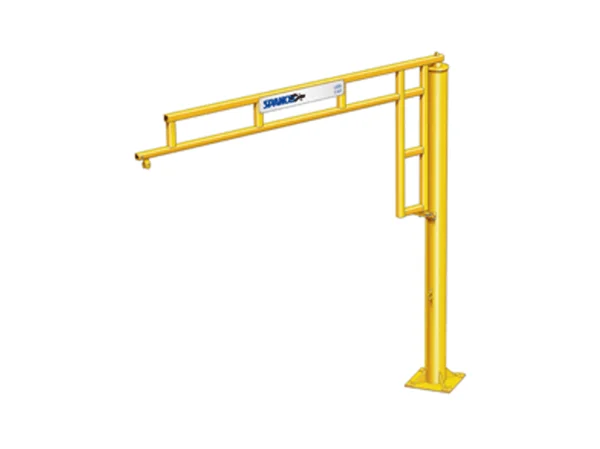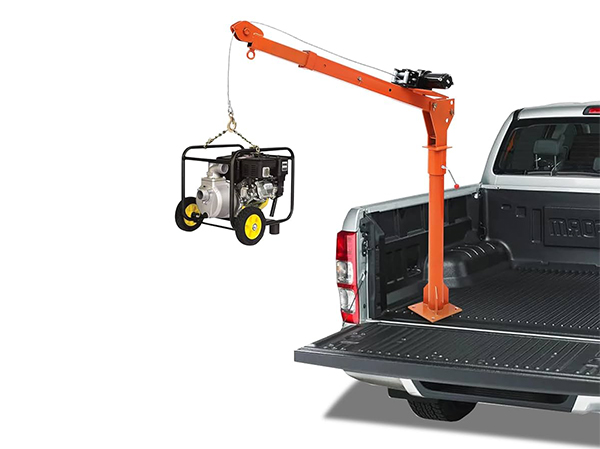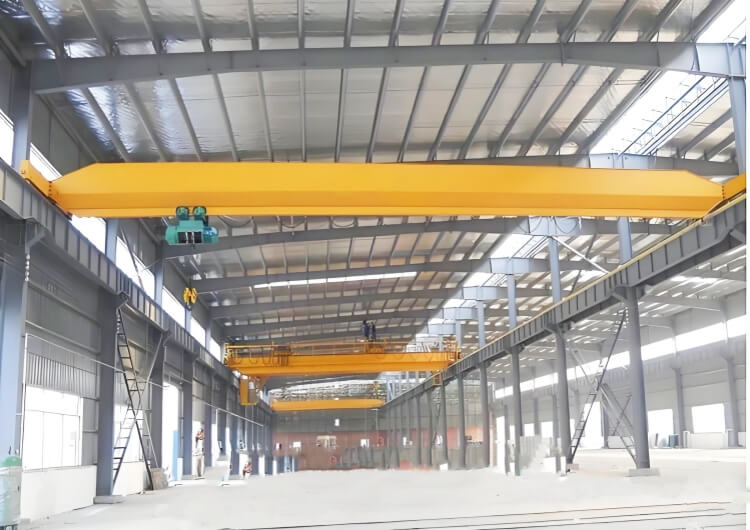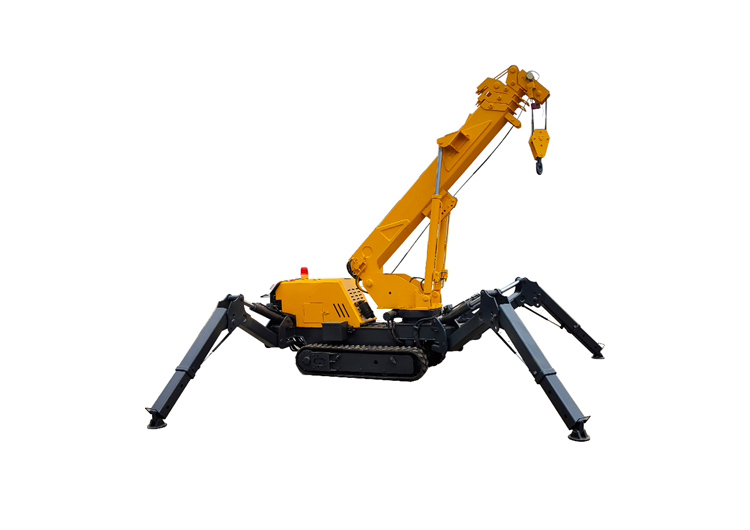Jib Cranes: Types, Uses, Manufacturing, and Selection Guide
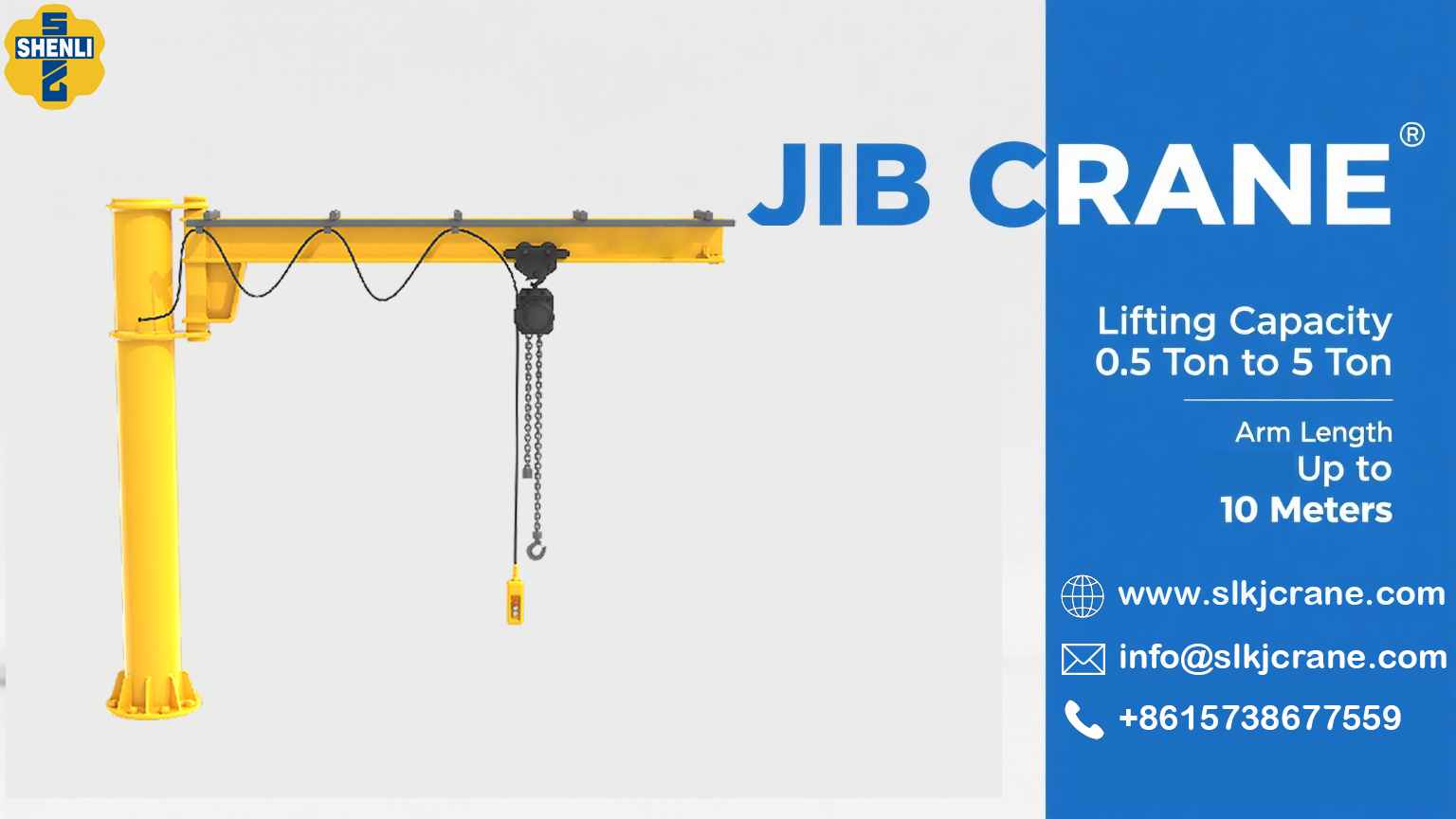
Jib cranes are essential tools in the world of material handling, renowned for their efficiency and diversity in operational capabilities. This article delves into the intricacies of jib cranes, covering their definition, various types, uses across industries, and their manufacturing process.
By the end of this article, you will have a comprehensive understanding of:
What a Jib Crane is
The uses of Jib Cranes
The different types and their specifications
How Jib Cranes are manufactured
Guidance on how to select the right Jib Crane for your needs
Chapter One – What is a Jib Crane?
A jib crane is defined by its horizontal arm (or boom) that extends from a vertical post (or mast) to facilitate lifting operations. This lifting machinery stands out for its ability to minimize additional weight while maximizing reach. Ideal for smaller workspaces, jib cranes are excellent for repetitive lifting tasks, handling loads as light as 250 lbs to as heavy as 15 tons or more.
Jib cranes come in multiple configurations, ensuring they meet diverse lifting requirements. Among these configurations, freestanding jib cranes are the most commonly utilized, serving as the baseline for additional types such as wall-mounted, ceiling-mounted, and articulating jib cranes.
Chapter Two – What are the Different Types of Jib Cranes?
The straightforward design of jib cranes enables their installation in a vast range of industrial applications, including manufacturing plants, shipping facilities, and warehouses. Their remarkable versatility allows customization to fit confined spaces, solving challenges related to handling heavy or awkward materials. Here, we’ll explore various types of jib cranes in detail, emphasizing their distinctions, specifications, and suitability for specific applications.
Freestanding Jib Crane
- Description: The most versatile and widely used type. It can operate independently or with other overhead equipment.
- Specifications: Load capacities can range from a few hundred pounds to several tons, often providing full 360° rotation.
- Advantages: Excellent for various layouts and can be relocated easily.
Wall Mounted Jib Crane
- Description: Installed against a wall or on a structural support to save floor space.
- Specifications: Available in boom lengths of 8 to 30 feet, with a load capacity of up to 5 tons.
- Advantages: Saves valuable workspace by eliminating the need for a base, promoting efficiency in tight areas.
Articulating Jib Crane
- Description: Features both a pivoting boom and articulating arm for greater flexibility.
- Specifications: Offers excellent maneuverability with a 200° swivel on the main arm and a full 360° rotation on the outer arm.
- Advantages: Ideal for areas with obstacles, such as tight corners or within machinery.
Chapter Three – Manufacturing of Jib Cranes
The manufacturing process of jib cranes plays a crucial role in their performance and longevity. High-quality materials are essential to ensure safety and reliability, including high-tensile steels and corrosion-resistant coatings.
Manufacturing Steps:
Design & Engineering: The initial stage involves creating detailed designs tailored to specific applications, considering factors such as load capacity, span, and operational environment.
Material Selection: Choosing the right materials is vital for durability and strength, particularly for the mast, boom, and supporting structures.
Fabrication: Using advanced machining and welding techniques, components are fabricated precisely to meet quality and safety standards.
Assembly: The crane components are carefully assembled, paying close attention to alignments and secure fittings to ensure stability during operations.
Testing: Rigorous testing is conducted to assess load capacity, operational efficiency, and safety features, ensuring compliance with industry standards and customer specifications.
Installation Support: Once manufactured, manufacturers often provide support or guidance during installation to ensure optimal setup based on site-specific requirements.
After-Sales Support: Ongoing maintenance and service options are typically offered to ensure the jib crane continues to perform efficiently throughout its lifecycle.
Chapter Four – What Are the Uses of Jib Cranes?
Jib cranes serve a multitude of uses across various industries, capitalizing on their adaptability and efficiency to handle different lifting tasks.
1. Manufacturing
- Jib cranes support assembly processes by providing timely access to materials at workstations. Their efficiency reduces worker fatigue and ensures smooth workflow on production lines.
2. Shipping
- Efficiently utilized in loading and unloading ships and trucks, jib cranes handle a variety of loads with precision, reducing turnaround times in busy shipping environments.
3. Construction
- Perfect for lifting heavy materials in tight spaces, jib cranes enhance productivity by allowing quick placement of building supplies at inaccessible locations.
4. Warehousing
- In warehouses, jib cranes supplement larger equipment, enabling precise placement of goods onto trucks or conveyors, thus improving overall material handling efficiency.
5. Automotive Repair
- Frequently employed in repair shops, jib cranes assist in handling engines and other heavy components safely and effectively.
Chapter Five – Classifications of Jib Cranes
Understanding the classifications of jib cranes is essential for selecting the right model based on its intended use and operational demands. Crane classification systems help customers gauge performance and suitability efficiently.
Jib Crane Service Classifications
Class A1-A3:Light service cranes for light loads, built to last over 2000 hours.
ClassA4-A5:Moderate service cranes with higher operational cycles.
The selection process for different classes ensures that the specific operational requirements align with the performance capabilities of the jib crane.
Chapter Six – How to Choose a Jib Crane?
Selecting the right jib crane for specific operations requires careful consideration of a range of factors. Here’s a guide to help streamline the selection process:
Key Considerations:
Duty Cycle: Determine how frequently the crane will be used and the weight of the loads it will lift to match the crane’s specifications with its intended operational demands.
Rotation Area: Decide on the required rotation capabilities aligned with the workspace design and load movement needs.
Boom Height and Span: Analyze ceiling height and available work area to establish optimal boom height and functional reach.
Power Supply: Consider the available electrical or pneumatic sources and ensure compatibility with the crane’s requirements.
Customization Needs: Assess if additional features such as specialized hoists or controls are needed based on usage specifics.
Manufacturer Support: Engage with reputable manufacturers like SLKJ Crane for guidance, tailored solutions, and comprehensive after-sales service.
Conclusion
Jib cranes are invaluable assets for numerous industries, offering flexibility, efficiency, and safety in material handling tasks. As a reputable Jib Crane manufacturer, SLKJ Crane stands ready to provide high-quality solutions tailored to your operational requirements.
For a deeper understanding of our product range, expert advice, and to explore customization options, please visit our website at www.slkjcrane.com. Our team is ready to assist you in enhancing your material handling capabilities with tailored jib crane solutions. Reach out today to learn how we can elevate your lifting operations!
Contact Us Now
Have questions about our cranes or need help?
Reach out to our friendly team for expert support and guidance.
We are here to help you power your journey towards a greener future !
Address: Crane Industry Park, Xinxiang City Henan Provice

